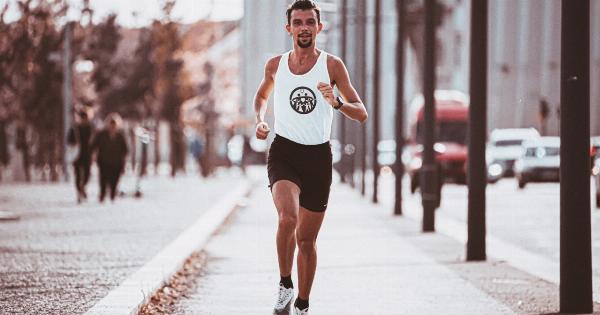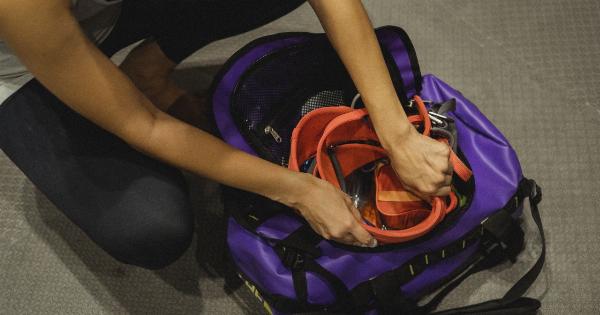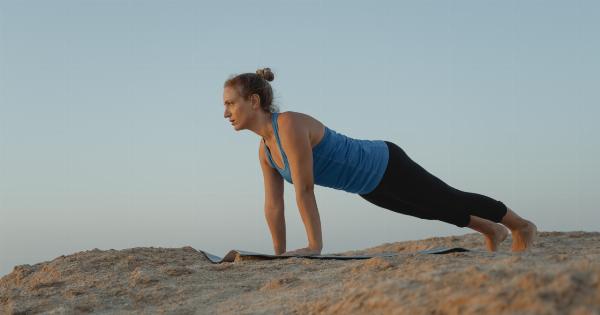When exercising, it is essential to pay attention to the health and safety of each part of your body, including your waist. A strong and healthy waist not only helps you perform better during workouts but also reduces the risk of injuries.
In this article, we will discuss nine important ways to keep your waist safe and healthy during exercise.
1. Warm Up Properly
Before starting any exercise routine, it is crucial to warm up your entire body, including your waist. Engaging in a warm-up session prepares your muscles for the upcoming physical activity and helps prevent injuries.
Some effective warm-up exercises for your waist include trunk rotations, side bends, and gentle twisting movements.
2. Focus on Core Strengthening
A strong core is essential for maintaining a healthy waist. Including exercises that target your core muscles, such as planks, sit-ups, and bicycle crunches, in your workout routine can help strengthen and stabilize your waist.
A strong core also improves your overall posture and balance.
3. Use Proper Form
Correct form and technique are crucial for preventing waist injuries during exercise. Whether you are lifting weights, performing squats, or participating in any other activity, focus on maintaining proper body alignment and posture.
Engage your core muscles and make sure to avoid any excessive twisting or bending that may strain your waist.
4. Gradually Increase Intensity
When starting a new exercise routine, it is important to gradually increase the intensity to avoid straining your waist. Sudden and excessive intensity can lead to muscle strains or even more severe injuries.
Increase the duration, frequency, or resistance of your workouts gradually over time to allow your waist muscles to adapt and grow stronger.
5. Incorporate Stretching Exercises
Stretching exercises are essential for maintaining flexibility and preventing muscle imbalances in your waist area.
Include stretching exercises like side bends, cobra stretches, and seated twists in your routine to elongate and relax your waist muscles. Stretching can also improve your overall range of motion.
6. Listen to Your Body
Pay attention to any signs of discomfort, pain, or fatigue during your workouts. Pushing through intense pain or ignoring warning signs from your body can lead to serious waist injuries.
If you experience any unusual symptoms, it is essential to take a break, rest, and consult a healthcare professional if necessary.
7. Avoid Overtraining
Overtraining can have negative effects on your waist health. Giving your body enough time to rest and recover is crucial for preventing overuse injuries.
Plan regular rest days between intense workouts and consider incorporating low-impact exercises, such as swimming or yoga, to give your waist a chance to recover.
8. Wear Proper Gear
Wearing proper workout attire, including supportive waistbands or belts, can provide additional stability and prevent unnecessary strain on your waist.
Invest in high-quality athletic shoes that offer good cushioning and support to reduce the impact on your waist while exercising.
9. Stay Hydrated
Hydration is essential for maintaining overall health and preventing muscle cramps or spasms in your waist area. Make sure to drink an adequate amount of water before, during, and after your workouts.
The exact amount of water needed may vary depending on factors such as intensity, duration, and personal hydration needs.
Conclusion
Your waist plays a vital role in various exercises, and taking steps to keep it safe and healthy is crucial for both preventing injuries and maximizing your workout results.
By following these nine tips – including warming up properly, focusing on core strengthening, using proper form, gradually increasing intensity, incorporating stretching exercises, listening to your body, avoiding overtraining, wearing proper gear, and staying hydrated – you can ensure the safety and long-term health of your waist during exercise.






























